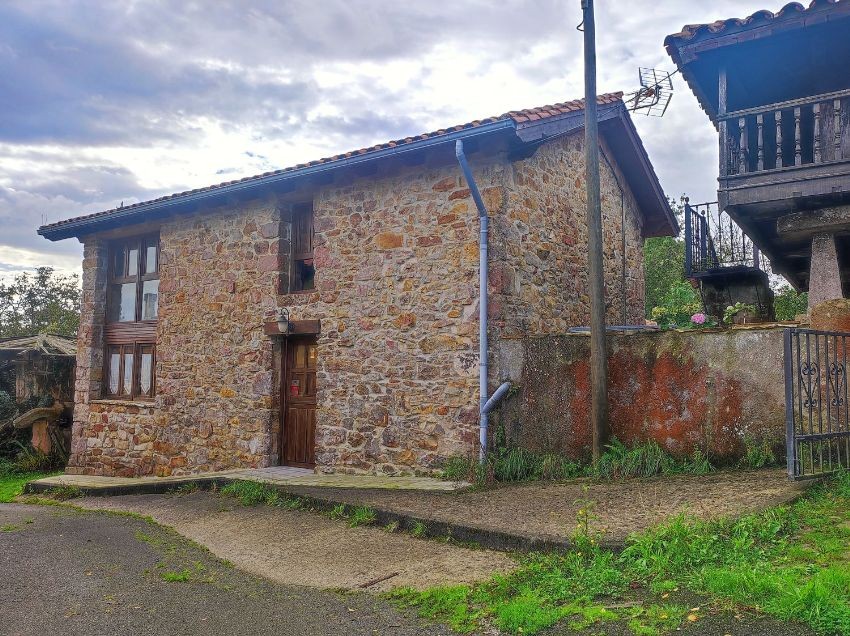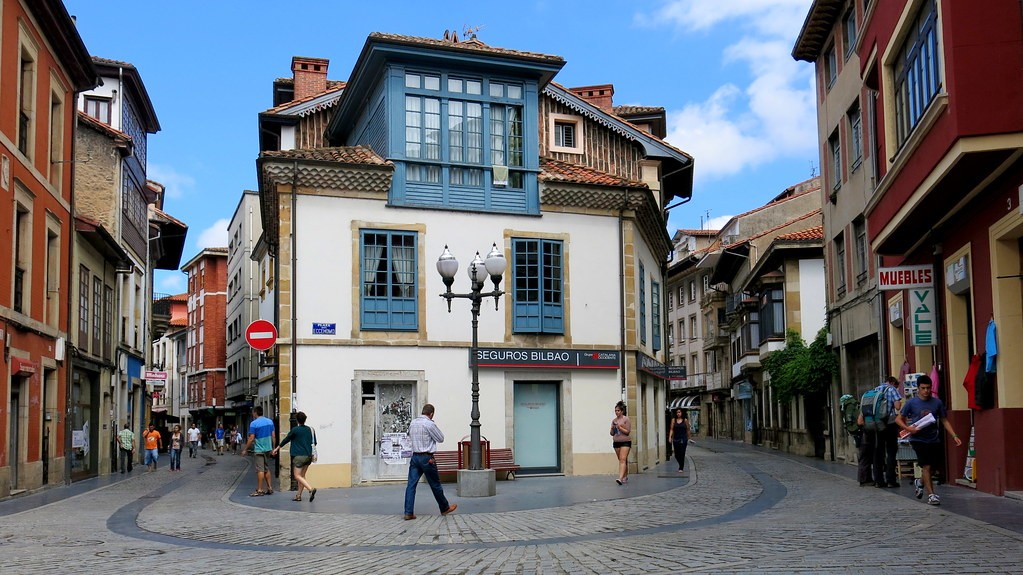
Asturias is an autonomous community in Spain known for its natural beauty, being the cradle of the Reconquista, green landscapes, mountains, great food and countless other attributes. According to data from the Spanish Institute of Statistics (INE), Asturias had a population of 1,004,499 in 2022, and Gijon was the most populated town (267,706 inhabitants). Read on to find out which Asturian town does not stop growing.
Although large cities' populations usually grow, one Asturian town has increased resident numbers continuously since 2013: Villaviciosa. This Asturian county – consisting of 41 parishes – exceeds 15,000 inhabitants, a figure that has not been reached for 33 years, according to the INE.
The reasons for this population boom, according to several sources, are that many people move from other parts of the county to its capital – Villaviciosa.
Villaviciosa, an ancient history
Villaviciosa's history dates back to pre-Roman times, but it was during the Middle Ages when it gained importance due to its strategic location in the Villaviciosa estuary. This natural estuary was a safe harbour for ships and a meeting point for trade. During the 13th century, Alfonso X the Wise granted it the title of town, which promoted its development and economic growth.
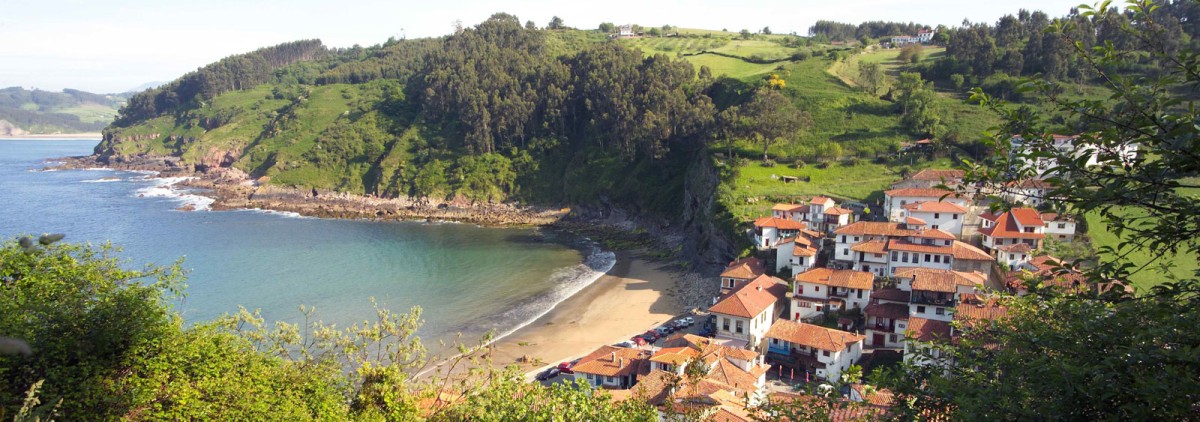
The town also played an important role during the Reconquista and in the following centuries, as proven by numerous churches and buildings in the Romanesque and Gothic styles. One of the most significant historical milestones was when Emperor Charles I of Spain and V of Germany stayed in Villaviciosa in 1517 after landing in Tazones – the first time he set foot in Spain. A remembrance party is still held in Villaviciosa to this day.
During the 17th century, the town's structure was radically transformed, giving way to elegant residences, palaces and small squares, many of which are still preserved. At the end of the century, the Franciscans established a convent in the town to disseminate the doctrines of the Council of Trent.
A rich historical heritage
Villaviciosa is home to a complete collection of Romanesque and pre-Romanesque works. The architectural complex formed by San Salvador de Valdediós (El Conventín), Santa María church and its monastic convent is the most noteworthy with UNESCO World Heritage Site status. The latter dates back to the 9th century and was erected under the direction of Alfonso III the Great. Meanwhile, the Romanesque-style Santa María church has three naves culminating in semicircular apses, windows and doorways. It preserves an inscription that indicates its founding date in 1218.

In addition to these monuments, other buildings have been declared national monuments in Villaviciosa:
- Santa María de la Anunciación (La Oliva) dates back to the 13th century and shows a transition between Romanesque and Gothic styles. It has a single nave with a wooden roof.
- San Salvador de Priesca, from the 10th century, consists of three naves and three chapels with barrel vaults and displays exquisite mural paintings.
- San Salvador de Fuentes church was built in 1021 and has a single nave with a triumphal arch and capitals.
- San Juan de Amandi dates from the first half of the 12th century and stands out for its buttresses, windows and magnificent historic capitals.
- Church of San Andrés in Bedriñana, founded in the 9th century, preserves windows and an old latticework.
- Santa María de Lugás is a sanctuary of great devotion that houses two Romanesque doorways and a triumphal arch. It was built in the 13th century and is home to the second busiest pilgrimage in the Principality.
What to see in Villaviciosa, Asturias
Like the rest of Asturias, Villaviciosa offers endless activities for those who decide to visit. It has beautiful beaches where you can practice water sports like surfing and endless spots for nature lovers and outdoor activities. What's more, it is famous for its food: Asturian fabada (bean stew) and cachopo (breaded veal fillets with ham and cheese) are just some of the delicacies of Asturias.
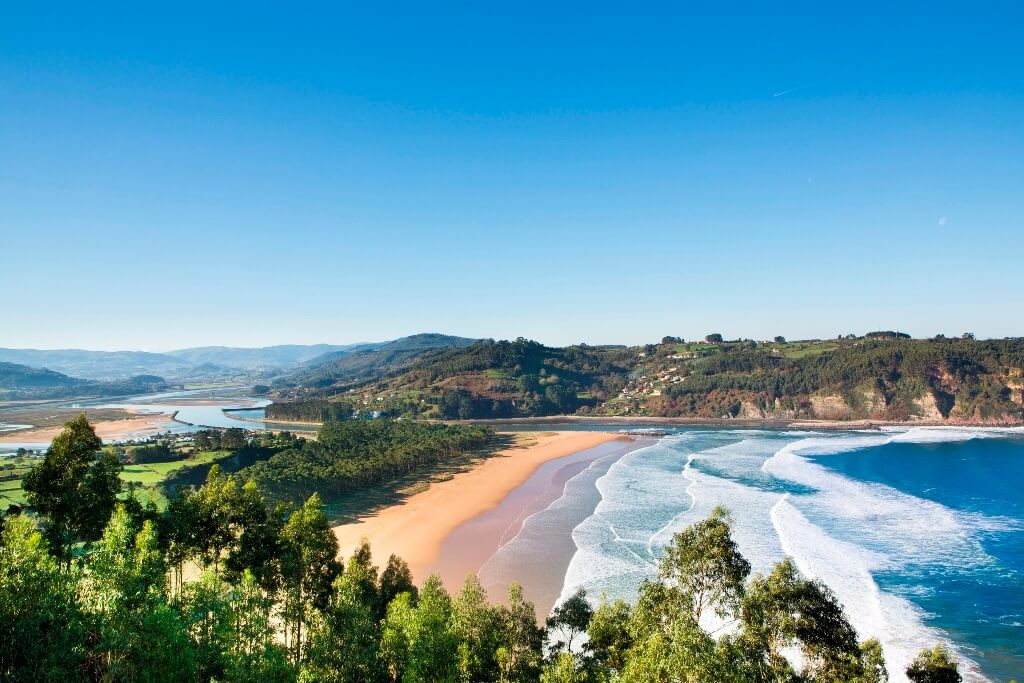
Some of the most notable activities you can do if you escape to Villaviciosa for a few days are:
- Cider Trail: Since Villaviciosa is known for producing cider, there is no better way to learn about the local culture than by going on a cider trail. This includes visiting where the drink is produced, tastings, and the opportunity to learn about the manufacturing process.
- Enjoy the beaches and nature: Rodiles Beach is one of the most famous in Asturias, known for its fine sand and extensive dunes. In addition, the Ría de Villaviciosa Natural Reserve is an excellent place for hiking and nature observation.
- Festivities: Taking part in local festivities, such as the Apple Festival, is a great way to experience Asturian culture. These events usually include traditional music, dancing and, of course, lots of cider.
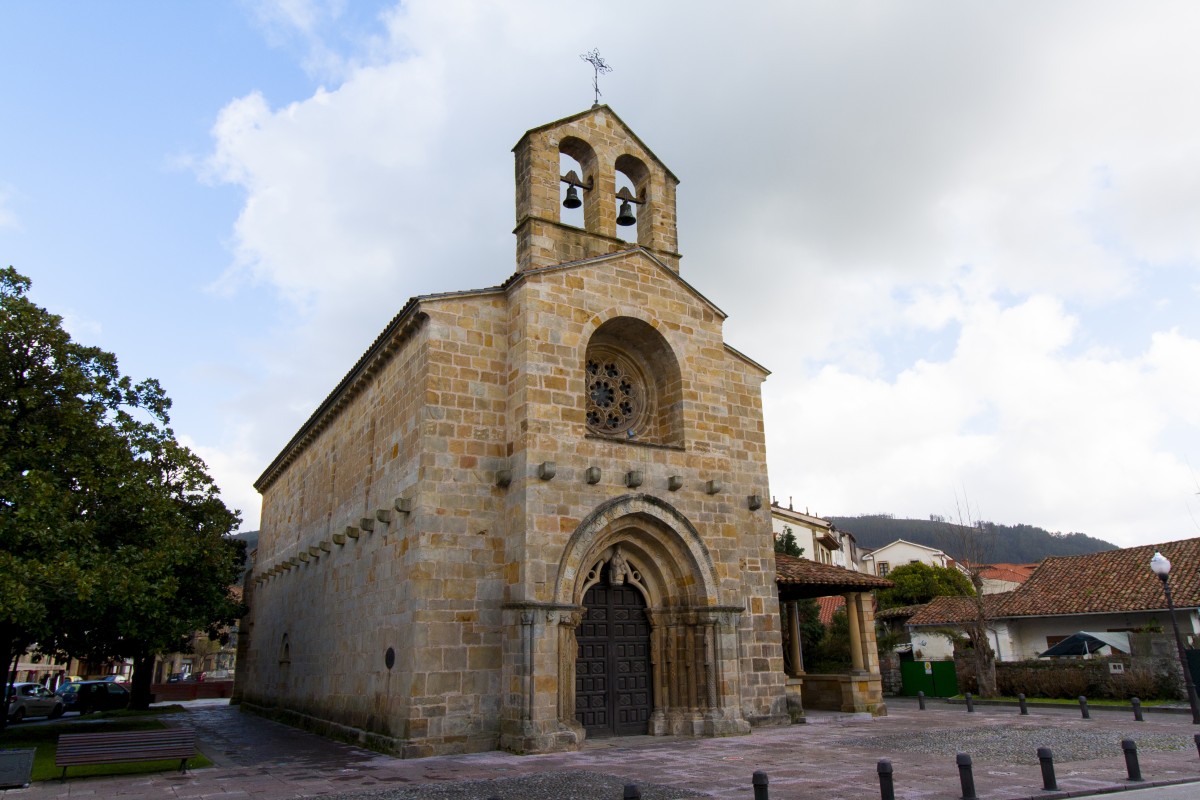
Homes for sale in Villaviciosa
You only need to take a look at the properties for sale in Villaviciosa to appreciate the exceptional surroundings that the area enjoys.
In this area of Asturias, we can find authentic villas at a brilliant price, like this detached villa in Santa Mera, for sale for €499,999. The house, located in a typical settlement of Asturian houses, consists of two floors with four bedrooms, two bathrooms, a spacious kitchen and a large living room, all in 180 square metres and a plot of 1,747 square metres.
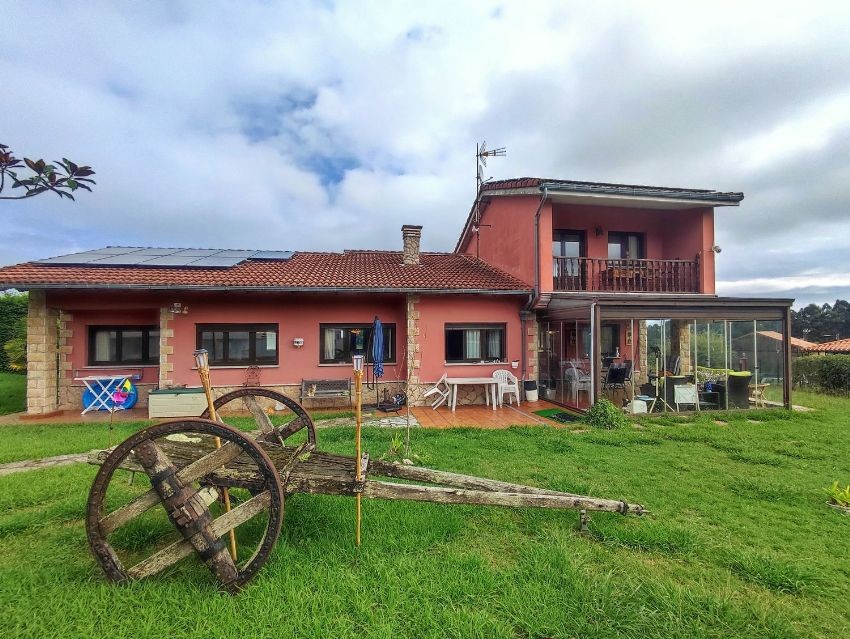
In Tazones, possibly in front of the same port where Charles I landed, stands this magnificent villa worth €950,000, which has its own jetty!
This property has an area of 446 square metres distributed over several floors and levels, with five bedrooms, four bathrooms and a plot of 4,000 square metres. This property is for anyone who dreams of owning a house in Asturias with views for days.

Another example is found in this townhouse in Tornón, Villaviciosa, for sale for €300,000. It stands out for its rustic spirit, as it is a converted barn. It has an Asturian granary converted into an extra 30-square-metre home.
This peculiar and beautiful home has an area of 130 square metres, four bedrooms, two bathrooms and a plot of 3,462 square metres.
